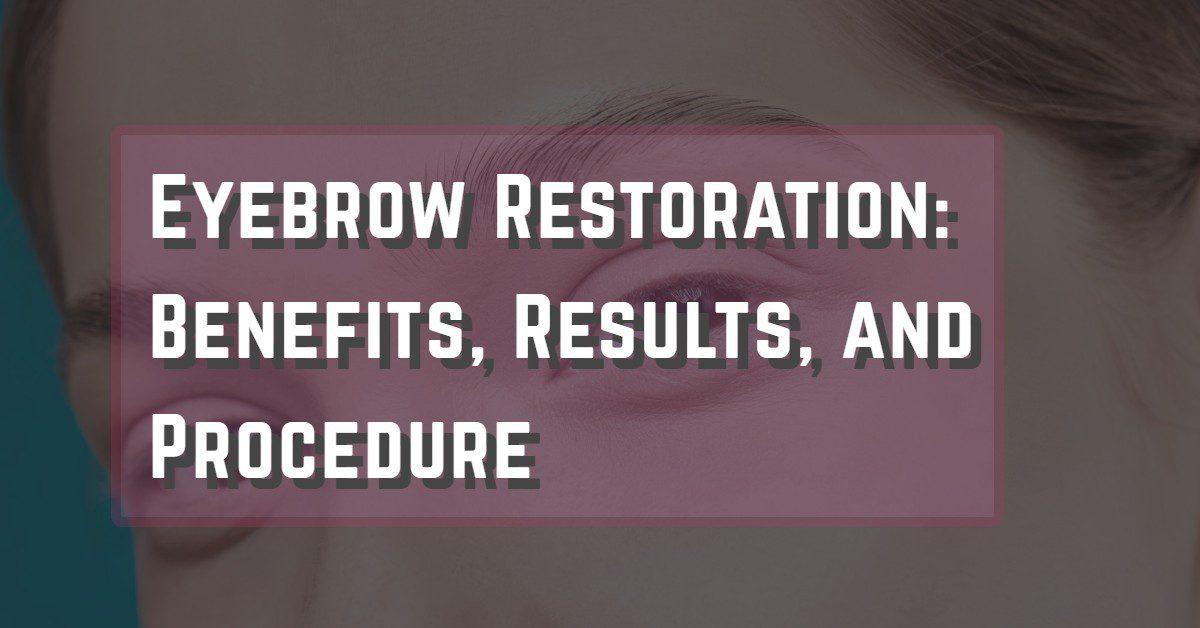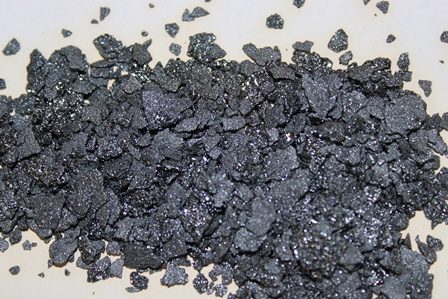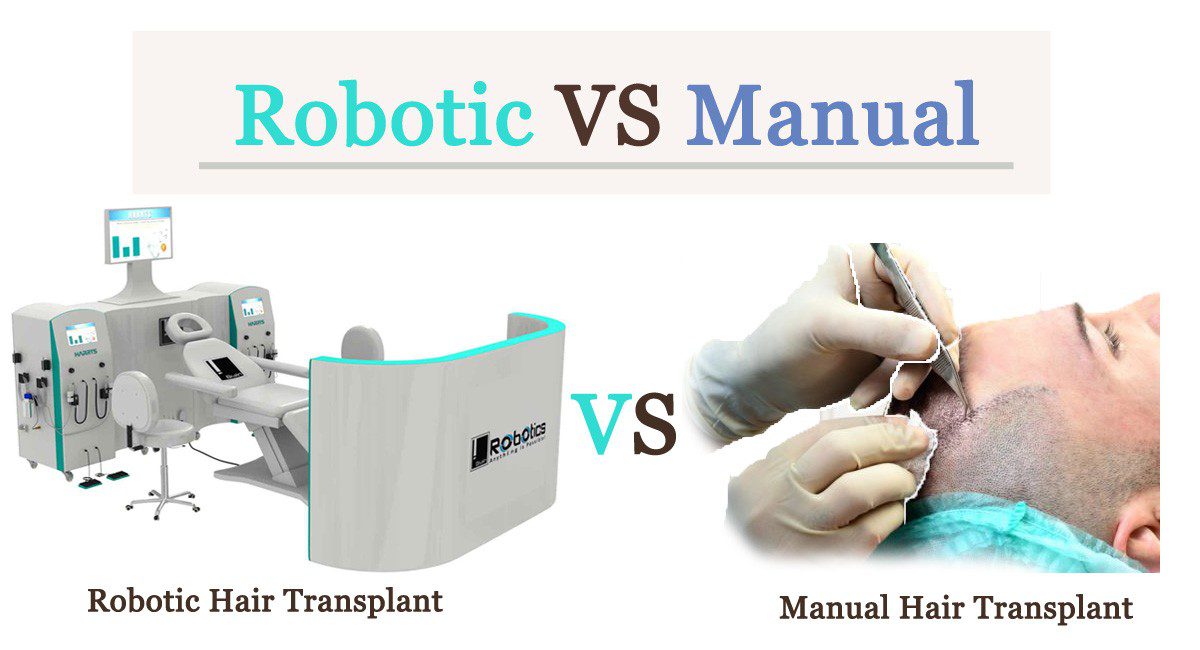Major Stages of Eyebrow Restoration

Over the years, eyebrow trends have undergone dramatic changes. People have shifted from light pencil arch to thick eyebrows and don’t stop there as many keep on experiencing new brow styles everyday. Eyebrow restoration techniques have also improved to include temporary and semi-permanent treatments. Microblading and brow lamination are examples of such treatments, where they help to add shape and volume.
Of all the hair restoration treatments, only one of them offers a permanent way of treating hair loss in the eyebrow area. This treatment is called eyebrow transplant. Although the eyebrow transplant procedure is one of the most preferred eyebrow restoration methods, not all who want to seek this treatment know how the process works. This article will explain the eyebrow transplant process from A to Z to help you understand the treatment better before opting for it.
What is an Eyebrow Transplant?
An eyebrow transplant is just the same as a hair transplant. The only difference is hair is removed from healthy areas and implanted in the eyebrow area where hair thinning is rampant. The doctor performing the eyebrow procedure removes hair follicles from the scalp or above the ears and takes them to the brow region. When transplanting hair grafts from the donor area and implanting them in the brow’s thinning areas, the surgeon may use two of the available hair transplant techniques. They include the FUE or follicular unit extraction or the follicular unit transplantation method.
Follicular Unit Extraction (FUE) in Eyebrow Transplant
In the FUE eyebrow transplant procedure, the surgeon uses a manual punching device or robotics to remove the patient’s hair from the donor area. It is an ideal technique because it doesn’t cause a linear scar once the process is done. FUE is also preferable because it allows patients to recover quickly and go back to their daily routine. The downside of this eyebrow transplant procedure is that it is time-consuming, which may negatively affect the transplanted hair’s quality.
Follicular Unit Transplantation (FUT) in Eyebrow Transplant
The FUT eyebrow transplant technique entails using incisions to remove a strip of skin from the donor area – which is usually removed from the hair’s back. The trip of skin, which contains healthy hair follicles, is then implanted in the brow area. The procedure is meant to shape and increase eyebrow thickness. The only problem with this eyebrow transplant approach is the linear scar it leaves after the procedure. Healing in this technique also takes time. The transplanted hair is longer, and the hair harvesting process is pretty short.
Before opting for the above eyebrow transplant methods, the patient must seek a doctor’s approval first.
The Stages in The Eyebrow Transplant Procedure
The four major stages in the eyebrow transplant procedure include:
Consultation and Planning
This stage involves the doctor physically examining the patient’s brow to determine its design. The doctor checks the facial features, face skin complexion, and the eyebrow’s shape & size. The doctor also needs to examine the donor and the recipient area and conclude which eyebrow transplant is proper.
The Operation Stage
Depending on the unique needs of the patient, the operation stage involves planning a customized treatment solution. The operation stage is further divided into four other stages. They include:
- Consultation
- Extraction
- Transplanting
- Recovery
Unlike the hair transplant procedure, the eyebrow transplant treatment requires about 200 to 300 grafts. The entire transplantation process takes about 2 to 3 hours.
Graft Extraction
The first phase of surgery starts in this stage. The doctor can extract the hair grafts using the unshaved method on people with long hair. This method of hair extraction is easy to perform because it only requires a few hair grafts.
Hair Implantation
Once the surgeon is done removing the hair grafts, the next stage is to transplant them in the recipient area. During this process, the doctor uses the Implant Pen to implant the extracted hair follicles. Care is taken here to ensure that the implanted hair grafts follow the original hair growth angle and direction. The outcome will be a natural-looking eyebrow.
After surgery, the patient is released to go home, awaiting recovery. Growing the newly grafted eyebrows is the same as in the hair transplant procedure. A temporary condition called loss shock will take place within 15 days of the procedure. The grafted follicles will have to shade hair before new hair starts growing from them. Noticeable results will be seen 8-12 after the procedure.
Conclusion
Many people prefer the eyebrow transplant procedure because it offers a permanent and natural-looking eyebrow restoration solution. Causes of thinning eyebrows include trauma, medical conditions, or heredity factors. For the eyebrow to look more natural, the donor hair needs to match the hair growing in the recipient area. Maintenance is also needed because implanted hair grows much faster than original eyebrow hair.







